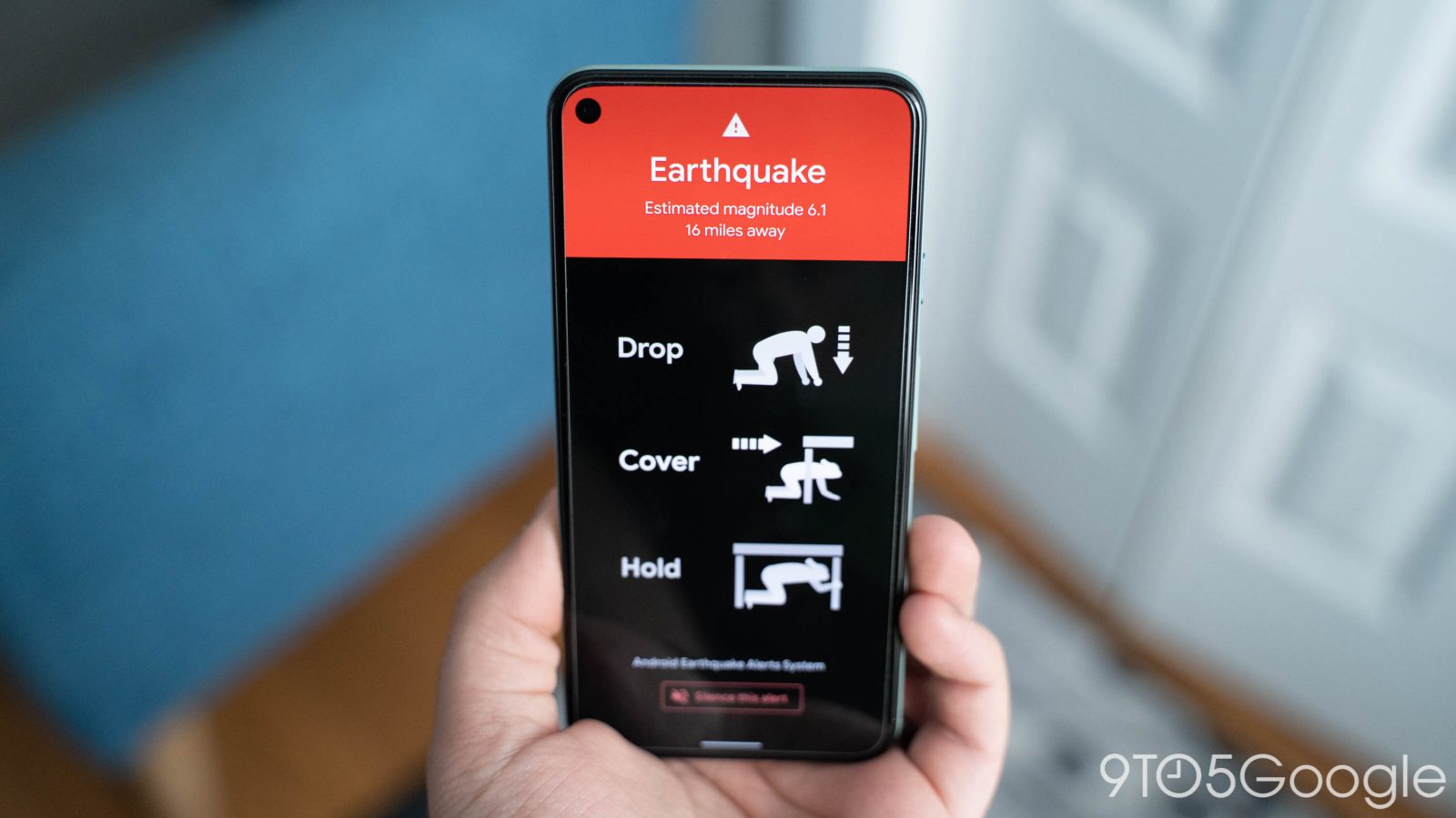
Yesterday afternoon a magnitude 5.1 earthquake hit the San Francisco area, the largest in the area in the better part of a decade. But for those carrying an Android phone, there was an early warning to the earthquake for residents of San Francisco and the nearby areas.
In 2020, Google released the “Android Earthquake Alerts System,” which crowdsources data from Android smartphones to offer an early warning when an earthquake is about to strike your area.
The system works by using the sensors on your phone to detect an earthquake’s “P-Wave,” which is a smaller initial wave that arrives before the more destructive “S-Wave.” Using your phone and those of people around you, the system can detect an earthquake and offer a few precious seconds of early warning. The system expanded worldwide in 2021 but, in the California area, it interacts with “ShakeAlert,” a service designed by researchers at Berkley and which is integrated into Android’s system. “ShakeAlert” uses proper seismometers to detect and send these alerts from the USGS.
In the time since the system went online, Google has shared examples of when it worked, including in a 4.5 earthquake in Los Angeles as well as a later 6.7 quake in the Philippines in 2021, where many expressed how the system gave them several seconds of warning before the quake could actually be felt.
Google’s VP of Engineering for Android, Dave Burke, came to Twitter hours after the quake to show what the system detected. In the tweet below, he shows the system’s estimate of the P and S waves.
The early warning notifications sent out hit Android phones almost instantaneously, with many noting the seconds of warning on Twitter, and many others asking why Apple’s iPhones don’t mirror the same functionality. A member of Google’s security team for Android expressed that this comes from the “power of open” while relying his experience of seeing his Android phone alert the quake seconds before it hit, while an office visitor’s iPhone didn’t get an alert until after the quake had already struck.
More on Android:
- What Android tablet & foldable apps would like in Google’s perfect world [Gallery]
- Apple’s Craig Federighi says iMessage for Android would have ‘held us back in innovating’
- Microsoft wants to take on the Google Play Store and App Store with its own mobile game store
FTC: We use income earning auto affiliate links. More.



Comments